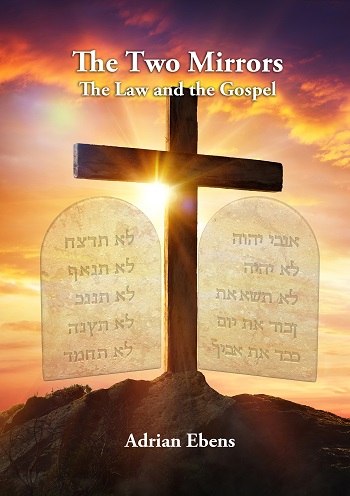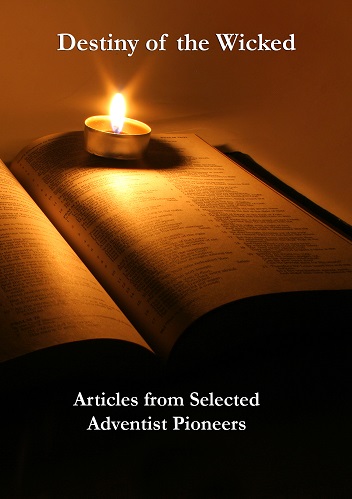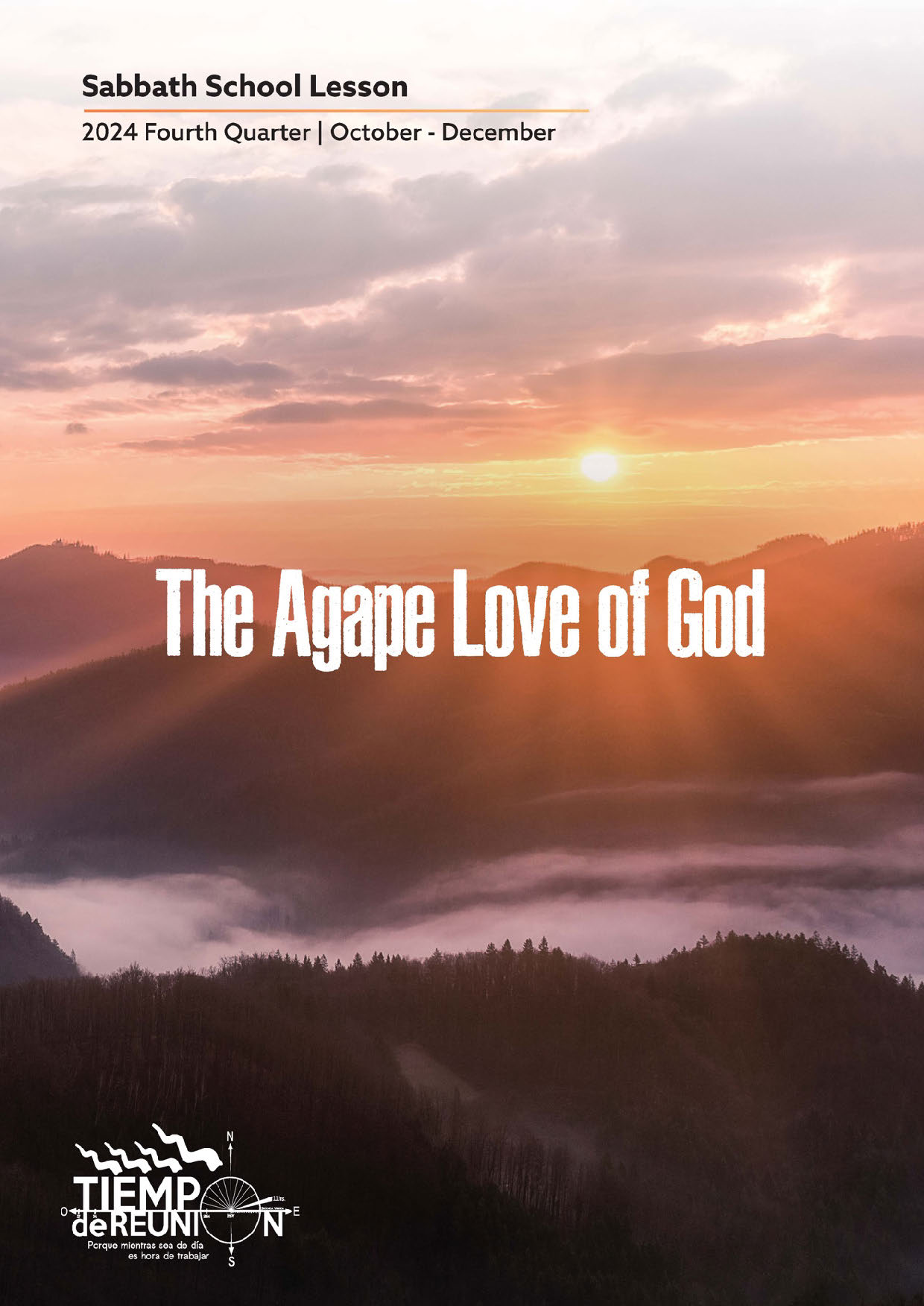Some Thoughts on the history of the Church from Rev 2&3 Versus Rev 12
Rev 12:6 And the woman fled into the wilderness, where she hath a place prepared of God, that they should feed her there a thousand two hundred and threescore days.
Rev 12:17 And the dragon was wroth with the woman, and went to make war with the remnant of her seed, which keep the commandments of God, and have the testimony of Jesus Christ.
Rev 1:20 The mystery of the seven stars which thou sawest in my right hand, and the seven golden candlesticks. The seven stars are the angels of the seven churches: and the seven candlesticks which thou sawest are the seven churches.
Over the years I have pondered the significance of the apparent difference in histories between the Seven Churches of Revelation 2 and 3 and the church that fled into the wilderness in Revelation 12 and brought forth a remnant that keep the commandments of God and the testimony of Jesus.
Adventist students of history are well aware that the description of the churches in Revelation 2 and 3 describe the gradual apostasy of God's people and typically describe the history of Catholicism and Protestantism.
But the description in Rev 12 gives a very different story; a church that flees from public view in the wilderness and is hidden for 1260 years. This indeed has been the focus of Benjamin Wilkinson's book - Truth Triumphant.
The description of the woman gives no indication that she commits fornication, soils her garment or loses her way in the wilderness. None of this imagery appears. The whiteness of her garment does not diminish within the protection of the earth.
How do we account for the two different histories? The seven candlesticks are spoken of as being the seven churches and the seven stars are the leaders of the churches within the hands of Christ and yet the woman that gave birth to the man child flees into the wilderness from the face of the serpent.
I have pondered this subject for a number of years without having opportunity to grasp an understanding of the difference to my satisfaction. The following is some musings and thoughts that hopefully will give rise to study on the subject and some reflection and feedback.
We know that not long into the history of Israel after King David ruled that Israel was spilt into two - Judah and Israel. Israel under the leadership of Jereboam quickly abandoned the worship of the true God and changed the place of worship from the sanctuary to two other locations within Israel.
It is my observation that not long after the Son of David was leader of His church on earth that there was a split in the church and the larger portion of the church followed Rome into apostasy with spiritual Jezebel. Another group as documented by Wilkinson who were originally based in Antioch spread into the East and other places apart from Europe. The Waldenses are often thought of as a key part of this woman in the wilderness in the northern alpine valley's of Italy. But there were others as well, many of of whom were eventually wiped out by the machinations of Loyola's diabolical foot soliders.
Rome completely changed its God with the introduction of the Trinity in the 4th Century and changed the place of the Sanctuary from heaven to Rome itself. It also changed the priesthood from Christ to the priests and monks on earth, even as Jereboam took whoever he could to act as priests in his altered worship.
Is it possible that the two histories in some way reflect the history of Israel when it was split into two streams?
It would seem that on this basis that any history that seeks to build on the platform of the building largely on the seven church history as does Leroy Froom as opposed to the Rev 12 history which Wilkinson does will create a platform that will lead God's people into the clutches of Jezebel.
It is also interesting that Froom was devoted to Athansian History while Wilkinson was not. Consider also that while Froom was a Trinitarian of some description Wilkinson cerainly was not. There is an interesting history behind why Wilkinson's book Truth Triumphant which was first printed in 1944, ceased printing in 1945. But that was stopped:
This was a book that would strengthen the faith and beliefs of every Seventh-day Adventist. But the Washington "Curia" was not pleased. According to the Clute interview, L. E. Froom instructed the Pacific Press to destroy the plates of Truth Triumphant. This could explain why this much-sought-after book has not been republished by the denomination.” {With Cloak and Dagger History of the 'Washington Curia' Ch 24 H. H. Meyers}
The battle between these two men reflects the battle that raged for the crown as to who would become central figure to decide our family history. Froom of course won that battle and locked us in to a strongly Nicea/Pergamos Protestant/Sardis History. This of course created a family history bond with the Trinity. It is this history that scholars first run to when defending the doctrine of the Trinity. Even the labelling of Arian, Semi-Arian and Anti-Trinitarian reflects this altered sense of history that ripped us from our mother church in the wilderness who inherited her jewelled crown from Christ and the Apostles.
I invite you to study carefully a Waldensian confession of Faith regarding the Godhead in reference to this woman in the wilderness. Here is a 1544 Confession on the Godhead
1. We believe that there is but one God, who is a Spirit - the Creator of all things - the Father of all, who is above all, and through all, and in us all; who is to be worshipped in spirit and in truth - upon whom we are continually dependent, and to whom we ascribe praise for our life, food, raiment, health, sickness, prosperity, and adversity. We love him as the source of all goodness; and reverence him as that sublime being, who searches the reins and trieth the hearts of the children of men.
2. We believe that Jesus Christ is the Son and image of the Father - that in Him all the fullness of the Godhead dwells, and that by Him alone we know the Father. He is our Mediator and advocate; nor is there any other name given under heaven by which we can be saved. In His name alone we call upon the Father, using no other prayers than those contained in the Holy Scriptures, or such as are in substance agreeable thereunto.
3. We believe in the Holy Spirit as the Comforter, proceeding from the Father, and from the Son; by whose inspiration we are taught to pray; being by Him renewed in the spirit of our minds; who creates
It is from the woman in the wilderness that the Remnant spring, not the medieval church of the dark ages. As Wilkinson states in chapter 1 of Truth Triumphant:
The Church in the Wilderness did not arrive at the truth by opposition to prevailing dogmas and heresies. Its faith was not a faith newly received. The religious beliefs of its members were an inheritance from the days of the apostles.
Is this a significant point? Would our perceptions of the remnant be altered if we focused more on this woman in the wilderness than escaping the woman who sat on the thrones of Europe during the 1260 years?




